Azteci - the indigenous people of Mexico - the vegetables were lit up, they were treated with them, used in ritual rites, planted on the graves of the dead. It was believed that in nature the TAGETES is growing in places where gold is hidden.
The verses came to us from America, where wildly grown everywhere. In the 16th century were brought to Spain, then they spread in Europe, Russia, Asia of other countries.
The Latin name Tagetes is given by Plant Carl Linnem in 1753 in honor of Tagés - the wonderful grandson of the God of Jupiter, a famous for the forefront. The genus Tagetes (Tagetes) Astrovy family (AsteracEae) has more than 60 species. Lots of hybrids are derived.
Today, the vehicles in a huge variety are present in most garden sites and urban landscapes and in Russia, and around the world.
Unsured without decorations from wedding velvet and festivities in Thailand and India. In Vietnam, they are used for the decoration of New Year holidays and consider the sign of long life. In China, tattoo with velvet means belonging to secret criminal communities.
Description Barharotok
The plant has a well-developed urine root system and strong straight stems, forming bushes from several centimeters to more than a meter. Velvets - perennial plants. Leaves of velvet, having all shades of green - pointed, oblong, with gear sectors, shape resemble feathers.
Flowers - single, round, sophisticated. They add up in a bell tongue from the tongue small flowers at the edge and tubular - in the center. Petals of all tones of orange, yellow, red. Inflorescences are simple (from 1 to 3 rows of tongue petals), semi-world (approximately half of the tongue petals), terry (either tubular or tongue petals dominate).
Tagtessa bloom abundantly, from June to strong frosts. Make a characteristic specific spicy smell. The fruit of the plant is a black and brown or black seed box, which encloses a large number of seeds. Interestingly, 1 gram contains from 270 to 700 seeds.
Views of Barharotok
Strengthening Barherche
Barchaty Person (African) reaches a giant sizes, from 25 to 100 cm. Have a straight bush, side shoots are also directed upwards. Flowers are single, large (diameter up to 15 cm), bright yellow, orange, without a color, terry. They are used in flower beds, group landings, in containers, on a cut.
Examples:
- Gold Dollar grade has a compact bush of 90-120 cm high, the shoots are strong, ribbed, large leaves of a dark green color, red-orange spherical inflorescences reach 8 cm in diameter.
- The orange dune variety has branched bushes up to 30 cm tall, ribbed shoots and large leaves of ordinary green. Terry orange inflorescences reaches 10 cm in diameter.
Rejected vehicles
Barchotels are rejected (French), or empty rarely grow in a height of more than 60 cm, have compact branchy bushes. Inflorescences are small, up to 8 cm, simple, semi-grade and terry, often have a pronounced disk in the center, can be two-color, bloom abundantly. Well suited for containers, borders and various flower beds.
Examples:
- The variety of red gem has an elegant ball-like bush, very branched, with thin stems and dark green peristrase leaves, 25-30 cm high, flat, non-none, 2 cm diameter, dark red.
- Grade cheerful clown with flowers original striped color. Busts up to 50 cm high, severe, inflorescences with a diameter of 5-6 cm, blooms throughout the summer.
Tricarbed vehicles
They are also called Mexican and they differ significantly from other species. Spectacular pasty lace leaves make a gentle fragrance, and small abundant inflorescences are similar to salute from red-orange-golden lights. The height of the strongwist spreader bushes is not more than 40 cm, inflorescences - no more than 3 cm in diameter.
How to plant Barherche
Seeds Barharotok
Seeds of the blackening of any varieties can be purchased in stores, including through the Internet. If you want to have a certain variety, bother to find it, because it is necessary to do it only once, then you can collect seeds from the gland plants. To do this, leave several flowers on drying a bush to give the seeds to be completely risen. It is desirable that they do not fall under the rain. Ripe seeds are easily removed from the cups. Slightly dry them, place them in paper bags or canvas bags, protect against excessive cuts (may die germin) and from the convergence (seeds can damage the mold). Marketing seeds are saved without losing germination to four years. Note that they actively multiply and self-resistant.
Interestingly, Tagtessians belong to hybrid plants, so 25% of plants every subsequent landing will be modified. Purchase of seed in the store will give a guaranteed varietal result. But with a separate seed collection, you can assemble them from one variety, and when growing to get some of the plants of another appearance. Although it is even interesting to observe such a process.
But the hybrids can be multiplied by stroke cuttings. They are perfectly rooted in the water.
Soil for Barharotok
It is believed that to the soil of the blade of unpretentious. However, if you want to get an excellent result, you should consider the following:
- The soil for sowing seeds or landing of the seedlings of Barharotou is needed fertile, neutral, linous.
- When growing on poor soils, regular feeding will be required (2-3 times during the growing season).
- On the excess of moisture in the soil of the vehicle react negatively. If the soil is oversaturated with water, the plants begin to die from the fungal diseases of the roots. When growing in containers, make a 3-5 cm drainage on their bottom.
Reproduction of Barherotok Seeds
In the soil, the seeds of Tagtess are sowed from the end of May to the beginning of June. In the warm regions, earlier sowing is possible using non-woven underfloor material.
You can take dry seeds for sowing, but better - pre-closed and sprouted. Sundered seeds provide optimal sowing lush.
Follow these steps:
- make in-depth grooves to 1 cm deep at a distance of 2-3 cm each other;
- spread into the grooves of seeds, trying to place them not thick, also by 2-3 cm each other;
- slide the groove with a thin layer of land to 1 cm and carefully pour;
- after shooting (approximately after a week), observe moderate watering;
- after the appearance of 2-3 pairs of leaves, dissolve shooters, which were thickened;
- add lands to burst the root legs of plants for another 2 cm (promotes better root formation).
The reproduction of the barhotok seedy
Those who wish to see the blossom of the Barhotok early, it is better to land in the open soil in the form of seedlings in the early spring. At the same time, do not forget that high reprehension plants are planted earlier, rejected shorty - later.
Follow these steps:
- prepare the soil of the turf, humoring, sand, peat (in a 1: 1 ratio of 1: 1: 0.5), to disinfect it with a manganese solution or buy a suitable ready-made soil for sowing colors;
- prepare a fit for landing, make drainage;
- make seed seeds at a distance of 2 or more centimeters, at a depth of no more than 1 cm;
- provide air humidity and 15-20 degree temperatures; you can cover the tank with glass or put in a plastic bag; Remember that at a temperature below + 15 °, the seeds boil badly, and with above + 25 ° seeds just do not attend;
- sowing dust carefully to avoid leaching seeds;
- when shooting (within a week), glass can be removed, the container is rearranged into a cooler place with good illumination;
- when the first leaves appear, the seedlings can be diverting (sear over individual containers, it is convenient to use peat pots), deepening them into the ground by 1 cm;
- periodically take the seedlings to open air for hardening;
- when the threat of return freezers (in the middle lane is approximately June 10), and your seedlings will have at least 3 leaves - make landing into open soil;
- slip seedlings in the wells, relying the stem again for about 2 cm, slightly compact the soil and pour; Remember that the stem blowout contributes to intensive and abundant root formation;
- when forming the wells, observe the scheme: 20 × 20 cm - for low-spirited varieties and hybrids, 30 × 30 cm - for the average, 40 × 40 cm - for high;
- plant Locked with warm water.
Care behind the sediment is simple: control the soil moisture, with the threat of frosts, use nonwoven underfloor material, remove damaged plants, if any.
Casual Barharot Care
Barharot care
Care for tagtessia without special fanaticism. The main thing is that you have already provided them with a good place for growing - not too wet and not dark. If, besides, you planted more cold-resistant and unassuming rejected vessels - you can completely relax and enjoy the results of your choice.
Observe simple rules:
- during the growth period, the soil must be constantly moistened, do not allow drying;
- if you want to make a feeder, make it no more than once a month, otherwise get an intensively growing, but not a blooming bush for a long time;
- use phosphorus-potash fertilizers;
- after the start of flowering, cut watering so as not to get rot, diseases and, as a result, the absence of flowering;
- watering flowering plants in the evening when the heat falls;
- systematically remove the weed plants;
- loose soil, because the root system and the plant as a whole suffer from lack of oxygen;
- if you wish to form beautiful lush bushes after the start of flowering, make piers;
- during the prolonged rain, it may be observed at the time of inflorescence - remove them to prevent the starting of the entire plant;
- remove the blurred inflorescences, after such a procedure, the velvets will bloom more abundant;
- in the fall, after withering and drying, remove plants from the ground, grind and close in the ground during autumn people; Thus, you will spend excellent prevention of the fungal lesions of the soil.
Pests, diseases of Barharotok
Barhotok health depends on weather and care.
- On a hot summer, a web mite may appear in the absence of systematic irrigation. It is necessary to take advantage of the spraying of plants with informous red peppers, onions, yarrow and rectify the situation with watering.
- In the rainy cool summer, especially during landings, plants can be amazed with a black leg, gray rot, rotting roots, other fungal and bacterial diseases. The disease can lead to the death of the entire plant, spread to neighboring bushes. It is necessary to quickly extract and destroy the affected specimens, spray the vengetes of fungicides. As a prophylactic measure, it is necessary to sharpen plantings, thereby improving the ventilation and reducing dampness.
- Spread the decorativeness of the barhotock slippers and snails. Get rid of them better hand collecting, special traps. The use of nadogymicates is not recommended, the plants are poorly reacting for them.
Useful properties of Barharotok
Flowers and gardeners love tagietses for the ability to resist pests and diseases. Specific flavor of vehicles in air and soil - peculiar biological protection. Moreover, not only the colors themselves, but also adjacent plants. The phytoncides contained in the leaves are an excellent means for scaring insect pests, such as nematodes and tool.
The smell of Tagence attracts insect pollinators. Putting them among vegetable and berry crops, you will achieve a significant increase in the crop.
Pros of combined landing:
- the landing area is rationally;
- the combination of plants with different nutrition requirements of the soil maintain the soil in the optimal state, does not allow it to be exhausted;
- plants have a beneficial effect on each other, their condition improves;
- the use of eradicates is not required or significantly reduced;
- attracted useful insects;
- insect pests are scared.
See how the combinations of garden plants with blackens look originally.
Interestingly, in some countries, including in Russia and Georgia, the popular seasoning is made from Tagtesses - Imeretic Saffron. To do this, cultivate special varieties whose leaves have a spicy fragrant aroma. The spice is also used as a natural dye golden-yellowish color.
Barchotels in landscape design, photo
You can plant a venue in almost any place, with the exception of the shores of reservoirs and a very thick shadow. They look equally well in combination with other decorative plants, and as an independent element of landscape design. The so-called monoposodaces are originally watching, consisting only of blackening. It is enough to plant the club with the correct geometric form - and you will get a great result with the flower carpet effect. Such a composition can be drawn by a border of contrasting color or combine the plants of one height in it, but with different color and shape with flowers.
Creating a monopony of a barhotock, take into account the shape of the bushes, the height of the stems and plan the flowers so that they are all well visible: the smallest - along the edge, large in the center. In the color decision, one can use monochromatic colors, such as orange and orange-red, yellow or contrasting, for example, pale yellow and burgundy. Monoclumba from Tagtess will always look gorgeous, because you will regularly clean the dried inflorescences.
TAGETES is an amazing flower, which is perfectly combined with other decorative plants. Won will look next to him flowers with contrasting color: white, blue, purple, red. The compositions of the same color will be good, but plant inflorescences must have a different structure.
Flower Klumba: Barchotos and Petunia:
Solving the use of vehicles in landscape design, let the will of fantasy, because the variety of these flowers opens a huge expanser's work. Add a droplet of your soul, a little labor, care - and the magnificent Tagtessians will forever take a corner in your garden and heart.

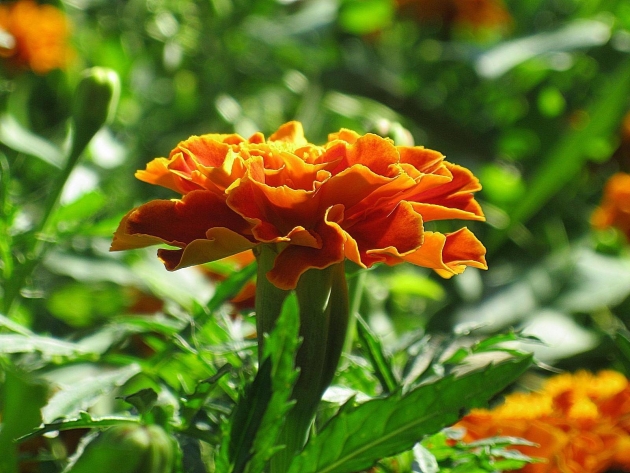
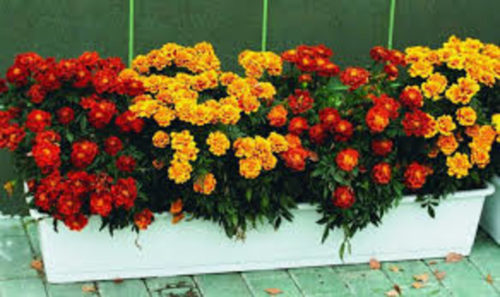
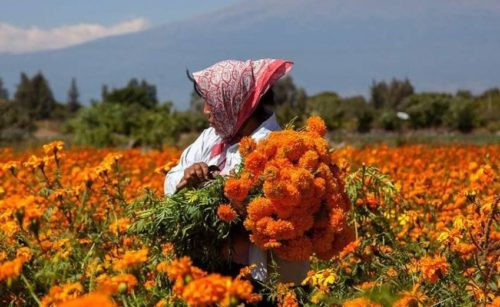
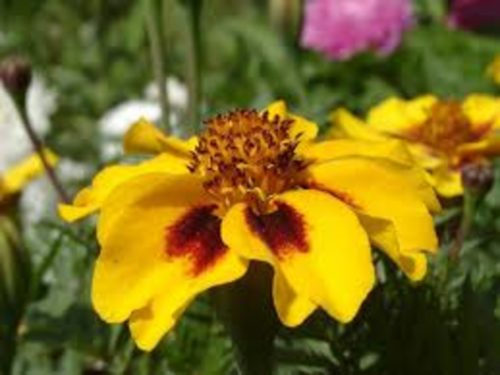
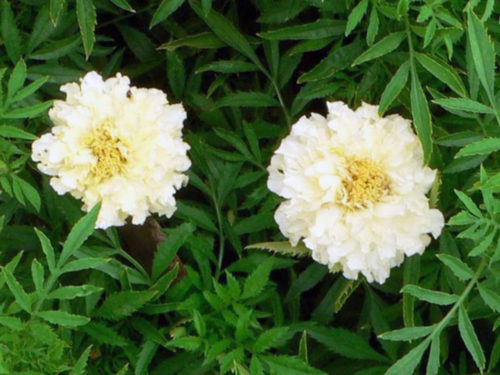
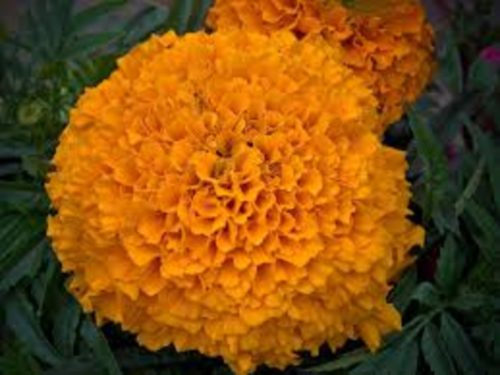
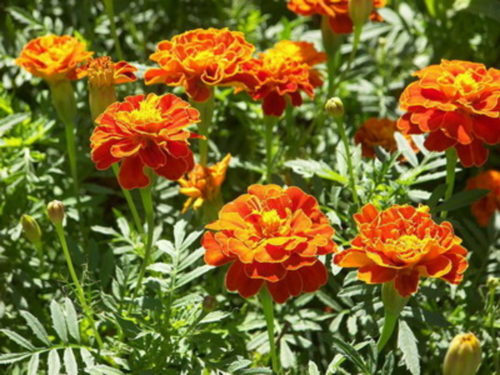
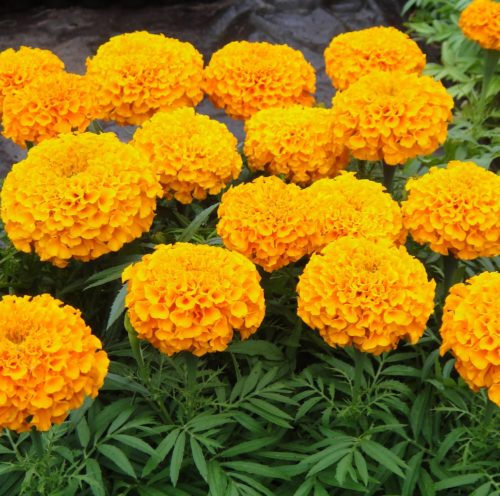
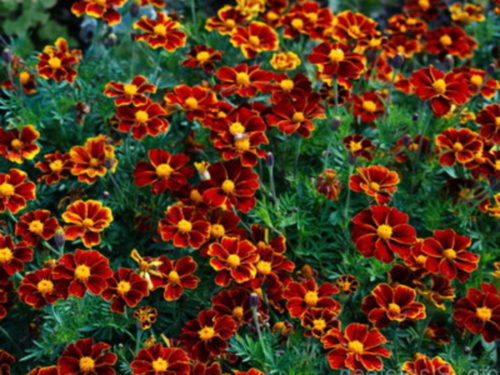
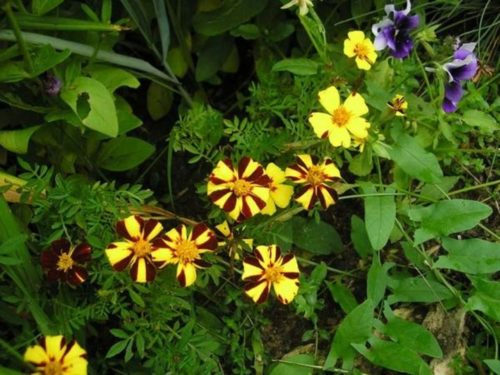
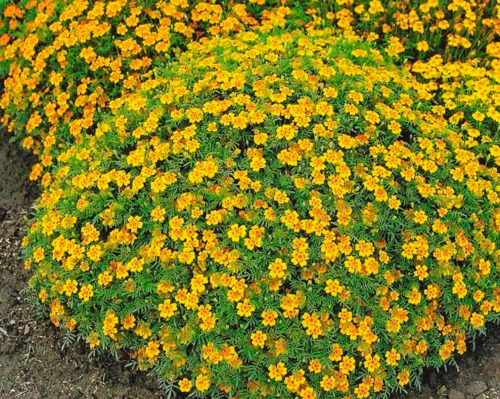
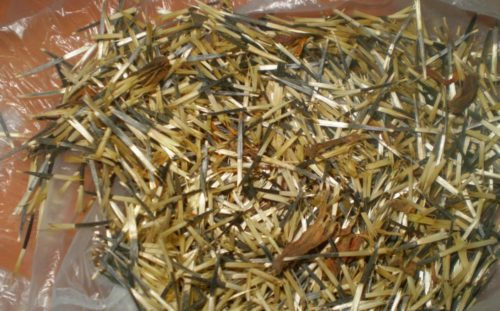
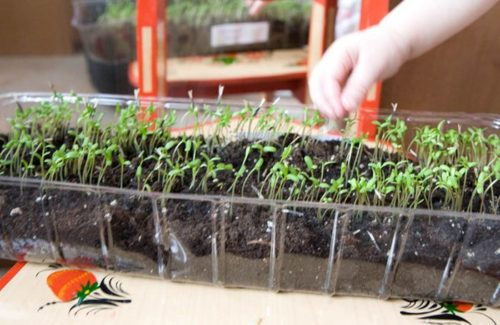
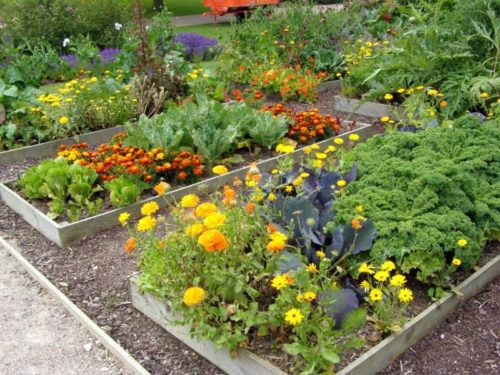
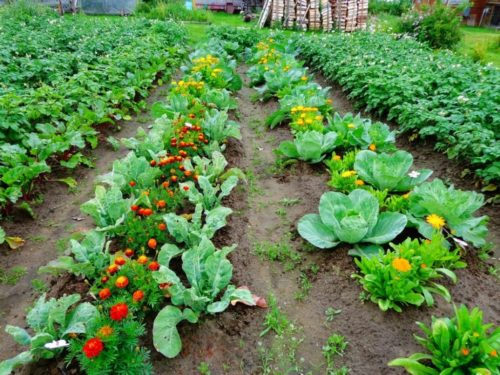
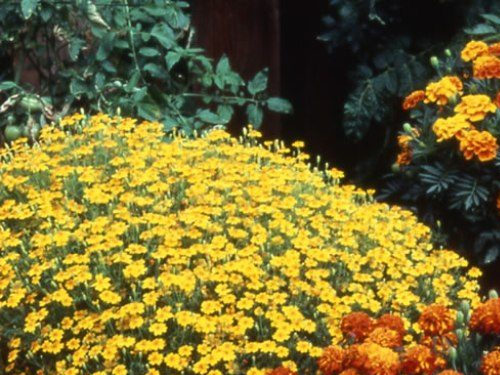
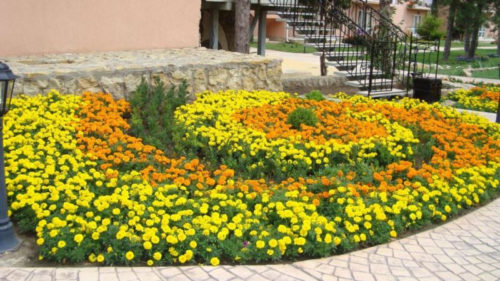
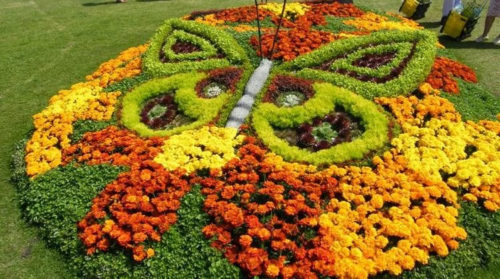
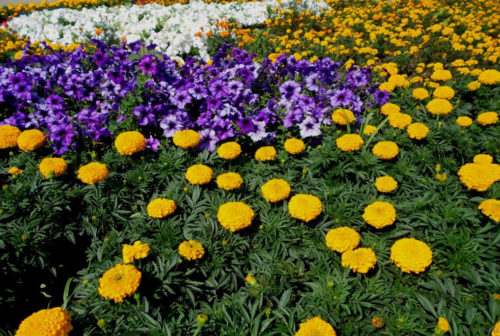
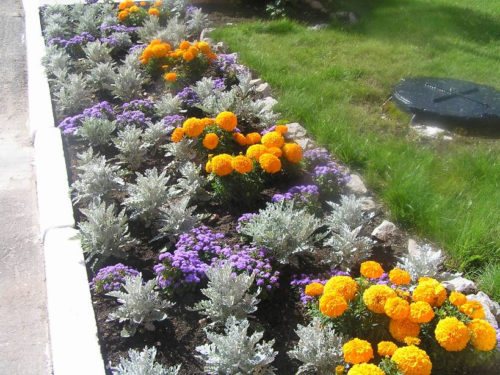
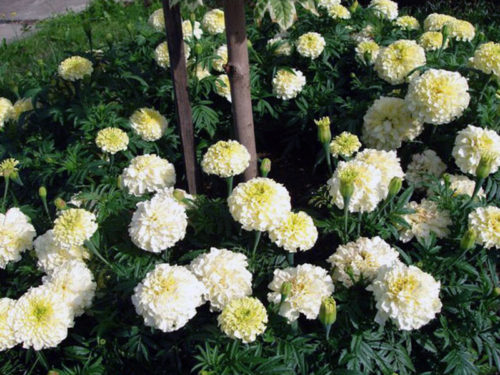
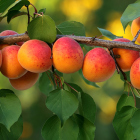
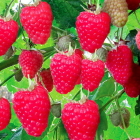
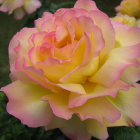
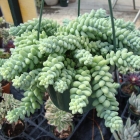
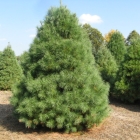

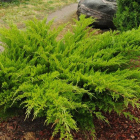
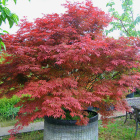
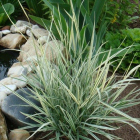
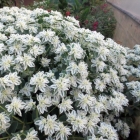

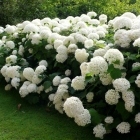
 Start a discussion ...
Start a discussion ...